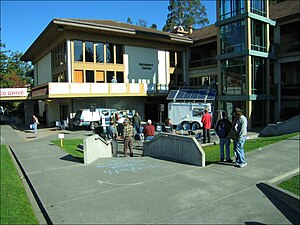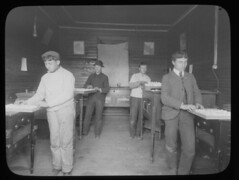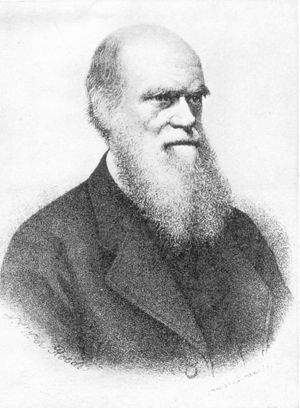| It happens online and off! (Photo credit: Wikipedia) |
The instructional designers
in the College of eLearning & Extended Education can assist you in
developing a wide variety of assessment methods that can minimize cheating,
promote academic integrity, and increase the interactivity and engagement in
your online courses. Here are just some of the methods to reduce cheating and to promote academic integrity:
Course
Design
- Include a simple academic honesty pledge
“test” that says, “I understand my college’s academic honesty policy. All
of the work I turn in is my own.” with a link to the college's policy.
- Include the academic policy in your
syllabus quiz.
- Discuss the importance of academic
integrity to your discipline in a lecture.
Assessment Design
- Give many short, low-stakes quizzes instead
of a mid-term and a final.
- Make assessments depend on the preceding
course work.
- Pose higher order, mastery questions
requiring deeper knowledge and application of material (see Bloom’s
Taxonomy).
- Have students relate subject matter their
personal, professional, or life experiences.
- Have answers relate to current events in
the news.
- Display test questions one at a time.
- Use a question bank and have the test
randomly created for each student attempt.
- Limit the times when the online test is
available.
- Create a set duration of time for students to
complete the test.
- Estimate how long responses should take to answer
if someone knows the material well.
Alternative Assessment Methods
- Use online quizzes as self-assessment only
- Use online quizzes as pre-testing at the
start of a course
- Short essays
- Group or individual projects
- Discussion forums – whole class and small
groups that report out to a main discussion
- Portfolios
- Debates
- Simulations
- Contributions to collective information
pools like wikis or blogs
- Online “poster sessions” or presentations
- Create a video or audio presentation
- Role-playing
- Interviews
Essay Assignments
- Use TurnItIn.com (We suggest that this is
used as a teaching tool and not a policing tool.)
- Have students relate subject matter to their
personal/professional/life experiences
- Have essay subjects relate to current
events in the news
For more information please contact Geoff Cain, the Director of Academic
Technology, via email at cain@humboldt.edu
If you have other suggestions, please include them in the comments below.














